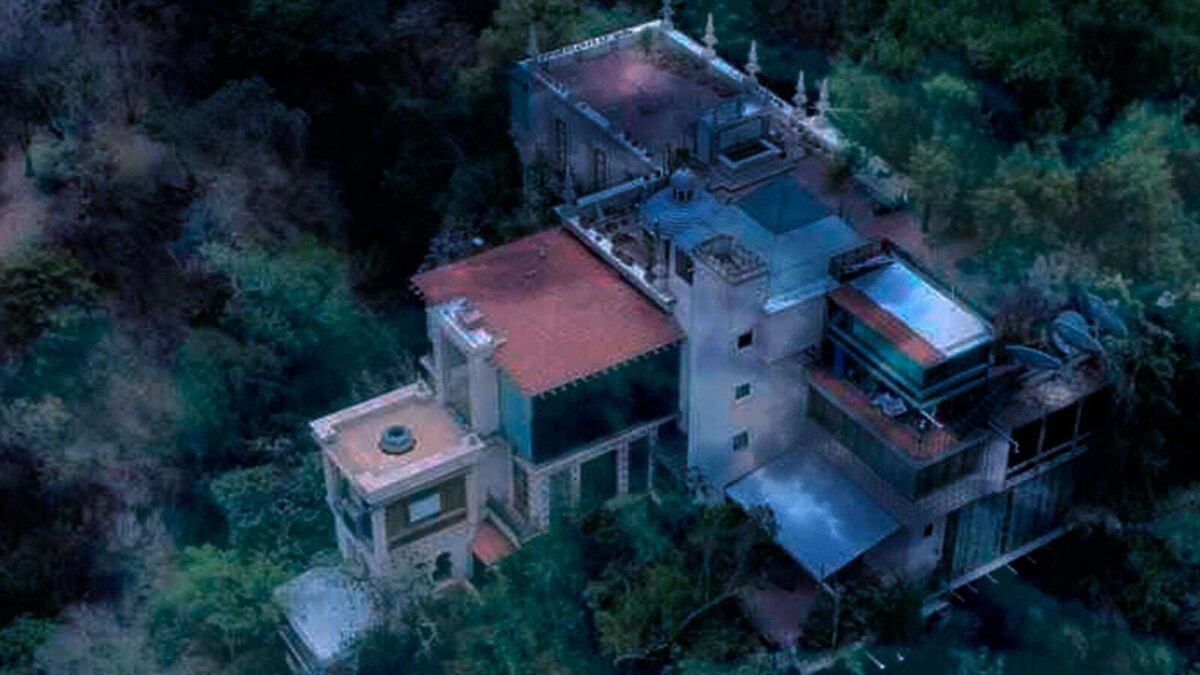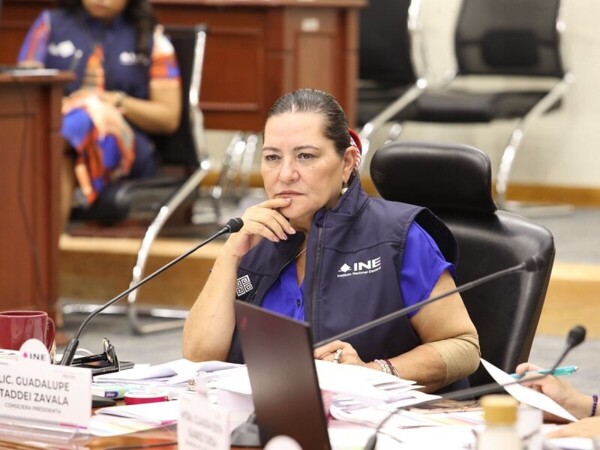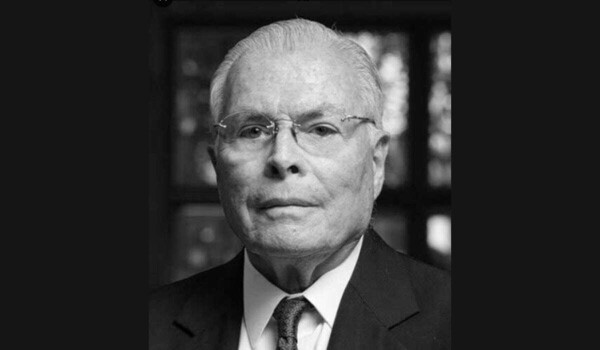
A court ruling determined that the house on Cumbres de Acultzingo Street, known as "La Guardesa", did not meet the requirements set by the Federal Law on Monuments and Archaeological, Artistic, and Historical Zones. According to the ruling, the house lacked a representative typology and was not related to any specific stylistic movement.
The owners of "La Guardesa", Manuel Reyero and María Estrella Rodríguez, are entrepreneurs and art collectors, with works by notable painters such as Diego Rivera and Frida Kahlo, including Kahlo's famous "Self-Portrait on the Border between Mexico and the United States." The house has faced legal problems and controversies over the years, including injunctions filed to prevent its demolition and disputes over land ownership.
Another version related to the house, also known as "Casa de la Tía Toña", involves legends about tragic events that supposedly occurred at the site. Despite the stories and speculation surrounding the house, authorities and specialists concluded that it did not meet the requirements to be considered an artistic monument.
Over the years, the property has been the subject of legal disputes, including processes to obtain the declaration of a National Artistic Monument, although this declaration is still pending. Despite the efforts of the owners and the controversies, various experts and commissions determined that the house did not meet the necessary criteria for such recognition.
The case of "La Guardesa" exemplifies the complexity of protecting architectural and historical heritage, as well as the importance of legal and specialized procedures for its declaration as an artistic monument. Despite the legends and mysteries surrounding such abandoned properties, judicial and expert decisions have been crucial in determining their legal and cultural status.














